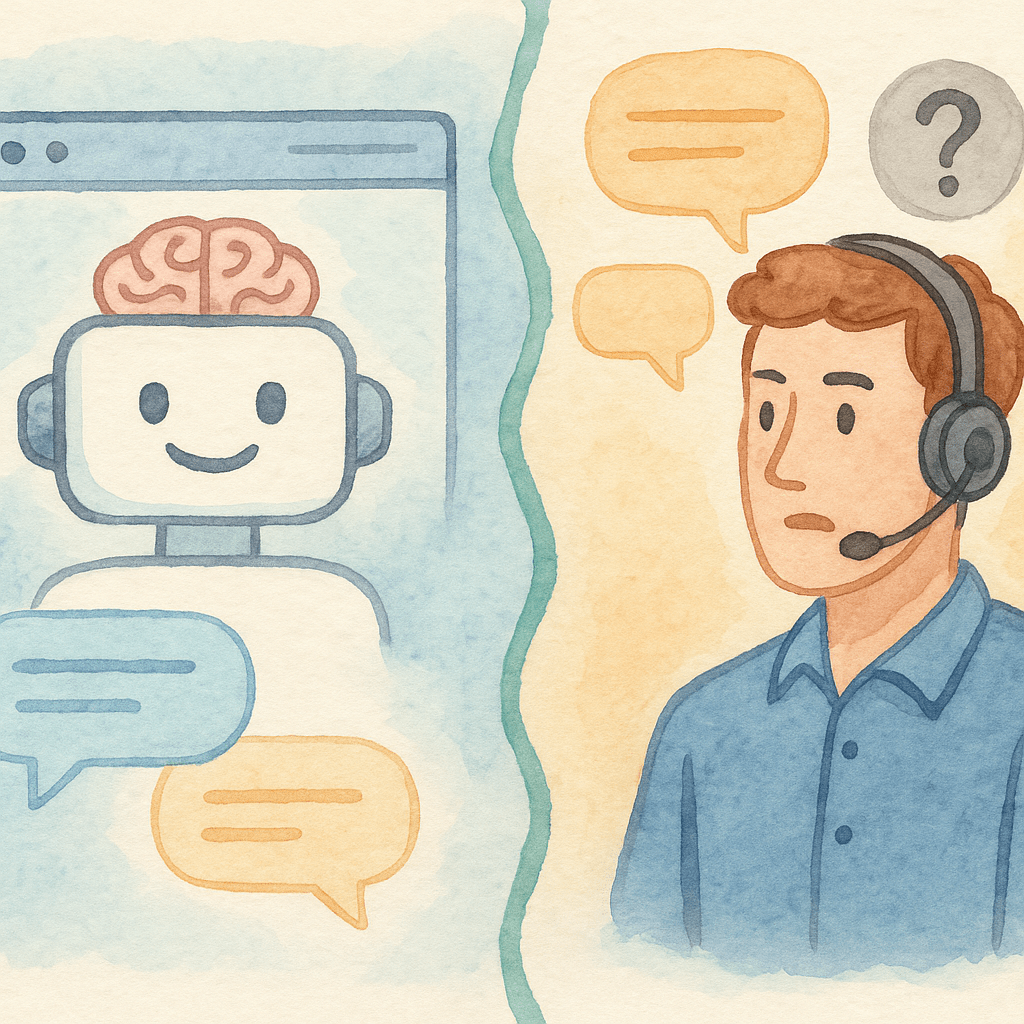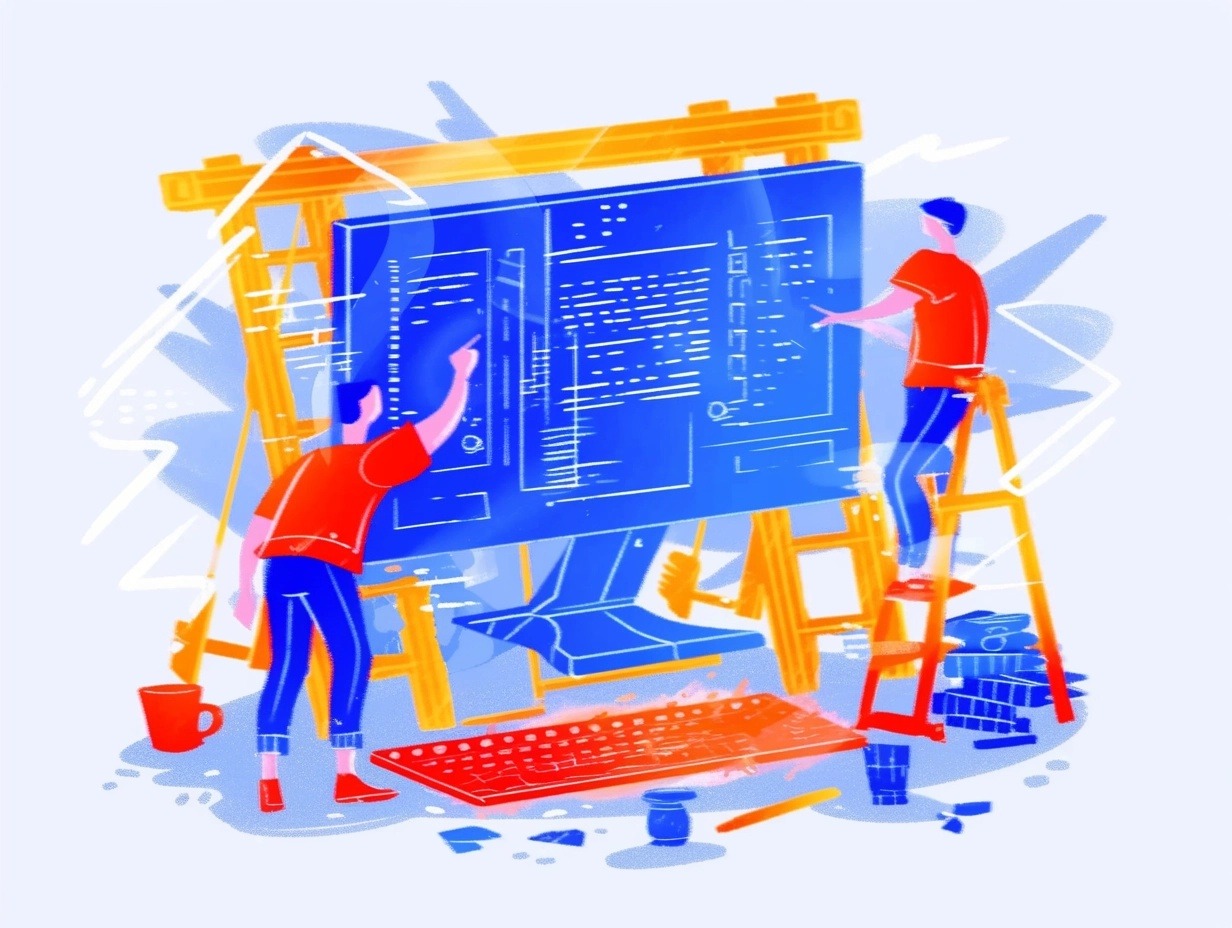Introduction to Virtual Assistants and Traditional Customer Support
Defining Virtual Assistants and Traditional Customer Support
Virtual assistants are AI-driven software tools designed to engage with users through conversations, automate tasks, and retrieve information efficiently. Initially, these systems followed basic rules, but today, advanced technologies like GPT allow them to understand nuanced questions and provide context-aware responses. You’ll find these virtual helpers on websites, messaging apps, and integrated into enterprise systems, available to assist customers 24/7 and adapt to a range of user needs.
On the flip side, traditional customer support relies on human touch. Agents connect with customers by phone, email, or live chat—drawing on experience and empathy when the situation calls for it. This personal approach is especially valued when cases get complicated or emotions run high. Many modern businesses blend both methods, leaning on virtual assistants for simple tasks and reserving live agents for the tougher, more sensitive issues. This hybrid method lets companies scale their service efficiently while delivering personal care when it truly matters.
How GPT-Powered Virtual Assistants Work
GPT-powered virtual assistants are powered by sophisticated artificial intelligence, which enables them to understand and generate human-like responses. By using natural language processing (NLP), these assistants interpret both written and spoken queries, picking up on context and user intent. The real magic lies in the underlying language model—like OpenAI’s GPT—which draws from enormous datasets to predict and craft conversational, relevant answers.
It doesn’t stop at chatting: these assistants automate workflows, tackle repetitive tasks such as scheduling or answering frequently asked questions, and even integrate with business tools. This blend of conversation and automation means users get answers faster, manual workloads drop, and productivity gets a healthy boost.
Strengths of GPT-Powered Virtual Assistants
One of the biggest perks of GPT-powered virtual assistants is their tireless availability—they’re always on, ready to help. This eliminates the downtime you typically encounter with human staff and ensures customers receive timely assistance. Scalability is another strong suit; virtual assistants can handle thousands of conversations at once, a feat impossible for an equally sized human team.
Cost savings can’t be overlooked either. Automating repetitive tasks slashes labor costs and makes it easier to serve a growing customer base without constantly hiring. Immediate, always-ready answers mean no more lengthy waits for users. What’s more, the more these assistants work, the smarter they get, continuously improving with every interaction.
References:
AI Time Journal | Tidio
Limitations of GPT-Powered Virtual Assistants
Despite their many strengths, GPT-powered assistants are not silver bullets. Perhaps the most noticeable weakness is in the area of emotional intelligence. While they can mimic empathy and recognize certain cues, genuine understanding of human emotion is not their forte. This can make customer interactions feel detached, especially when someone is upset or needs special attention.
Nuanced or complex issues can also trip up these systems. Unique ways of phrasing questions, cultural context, or ambiguous requests often confuse them, resulting in irrelevant or frustrating answers. Since they lack the life experience and intuition of a human, there are plenty of situations—especially those needing creativity or personal touch—where they fall short. That’s why a human touch is still crucial for sensitive or complicated service needs.
References:
Yellow.ai | AI Online Authority
Strengths of Traditional Customer Support
There’s no replacement for good old human empathy. Traditional customer support shines when it comes to connecting sincerely with customers. Real people can hear frustration in a voice, read between the lines, and offer comfort or adjust their approach until the customer feels understood. This adaptability is especially important in thorny or emotionally charged situations.
Humans also excel in tackling complicated cases. They can unpack vague or multi-layered problems, clarify what’s really needed, and use judgment honed through experience. For customers feeling stressed or facing complex challenges, the warm, understanding response from a human agent often leads to higher satisfaction—and quicker resolution—than even the smartest machine.
References:
Score | Virtual Latinos
Drawbacks of Traditional Customer Support
Of course, relying exclusively on human teams brings challenges. Operational costs are often much higher due to salaries, office space, equipment, and ongoing training needs. These expenses can add up fast, especially when trying to scale up during periods of heavier customer demand.
Availability is another sticking point. Humans need time off—nights, weekends, vacations—so 24/7 customer support isn’t always feasible unless you hire extra staff (which circles back to higher costs). Manual processes also mean it’s harder to serve more customers quickly, leading to longer wait times. If your business experiences growth, scaling these traditional teams requires both significant investment and logistical juggling.
References:
Boldly | Virtual Latinos
When to Use Each Approach: Use Cases and Decision Factors
Choosing between AI-powered assistants and traditional customer support depends on your business needs. If you routinely handle large numbers of straightforward requests—like checking order status or resetting passwords—AI assistants provide scalable, cost-effective solutions. They’ll give customers instant answers any time of day, letting your human agents focus on more challenging inquiries. This is especially helpful for small and mid-sized businesses with limited resources but big ambitions.
But when it comes to situations that are touchy, require deeper insight, or where emotional support is important, traditional customer support still leads the way. Industries like banking, healthcare, or law, where cases can be complex or sensitive, benefit from the nuanced judgment only humans provide. Also, customers who need accessible support or highly personalized answers will usually prefer to speak with a real person. In the end, your decision should balance efficiency and empathy based on your business’s goals, customer expectations, and available budget.
Conclusion: Striking the Right Balance
The best customer service blends the speed and efficiency of AI with the adaptability and compassion of humans. AI virtual assistants are excellent for rapid, round-the-clock responses and routine requests. They keep costs in check while helping customers get what they need with minimal delay. Still, there’s no substitute for human judgement, especially when situations get tricky or emotions are involved.
By integrating AI with live customer support, businesses can deliver quick answers without sacrificing the personal touch. This hybrid approach gives you the best of both worlds—consistency and empathy—fostering trust and long-term loyalty among your customers. Ultimately, smart businesses will keep humans in the loop where it matters and let AI handle the rest, ensuring customer service that’s both efficient and genuinely helpful.
References:
Tidio | AI Time Journal


